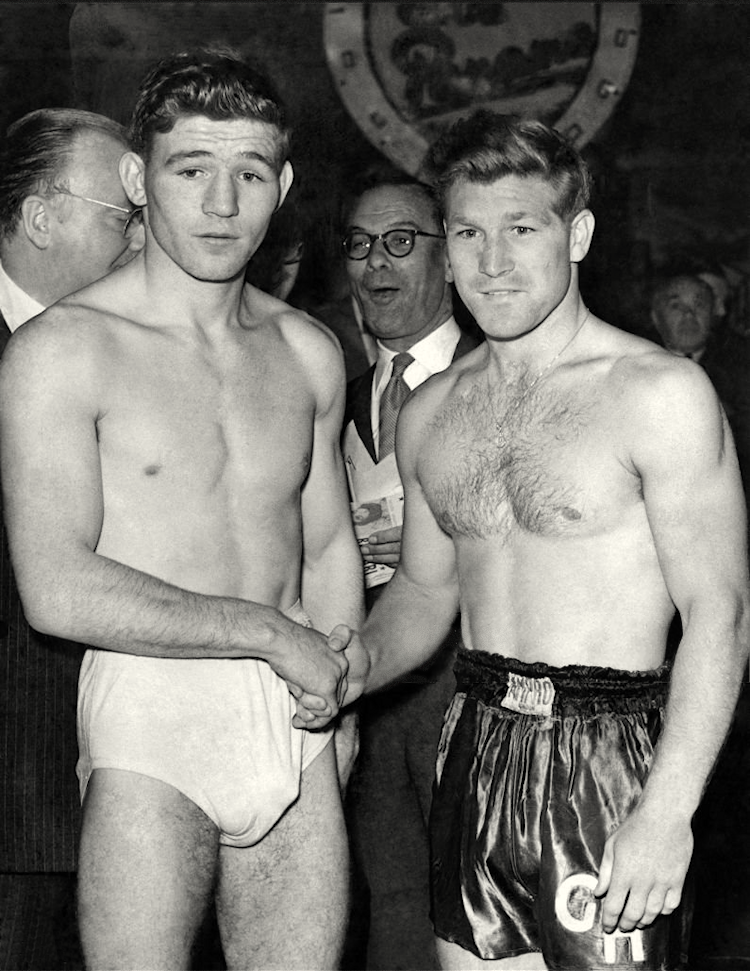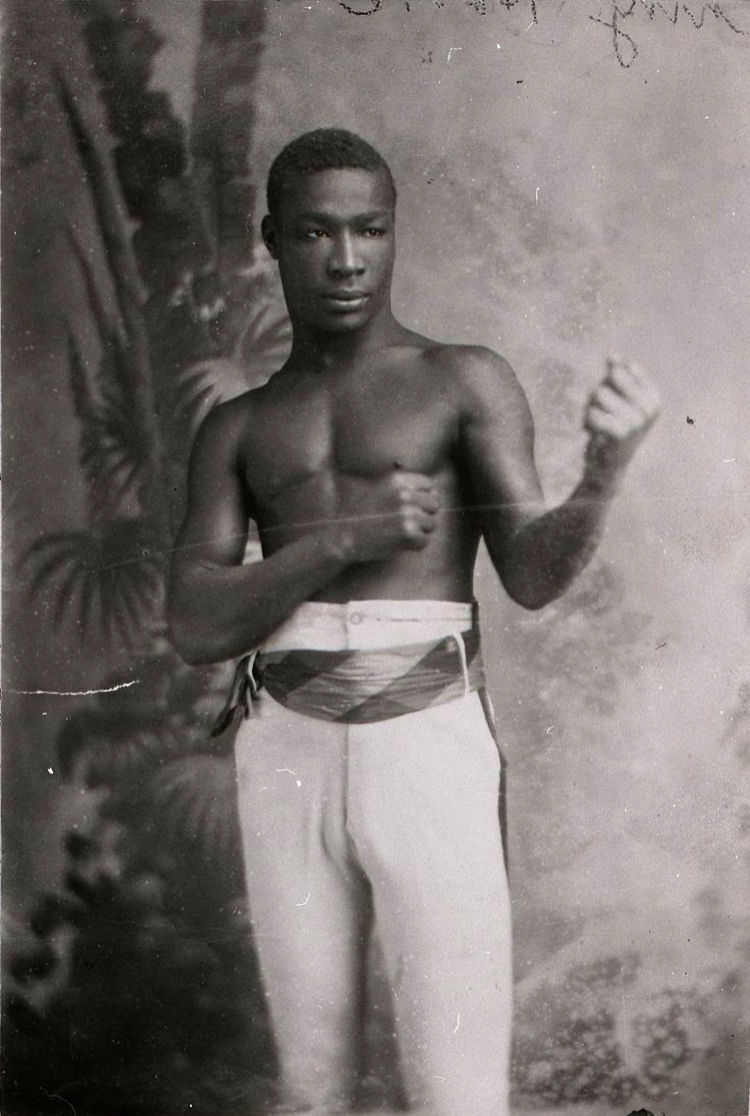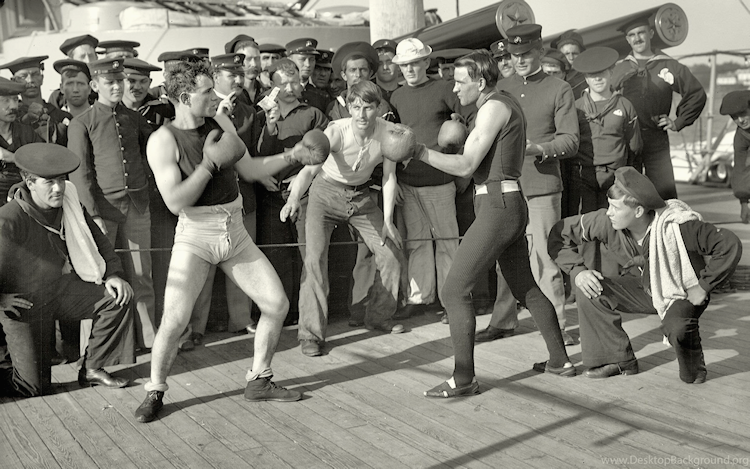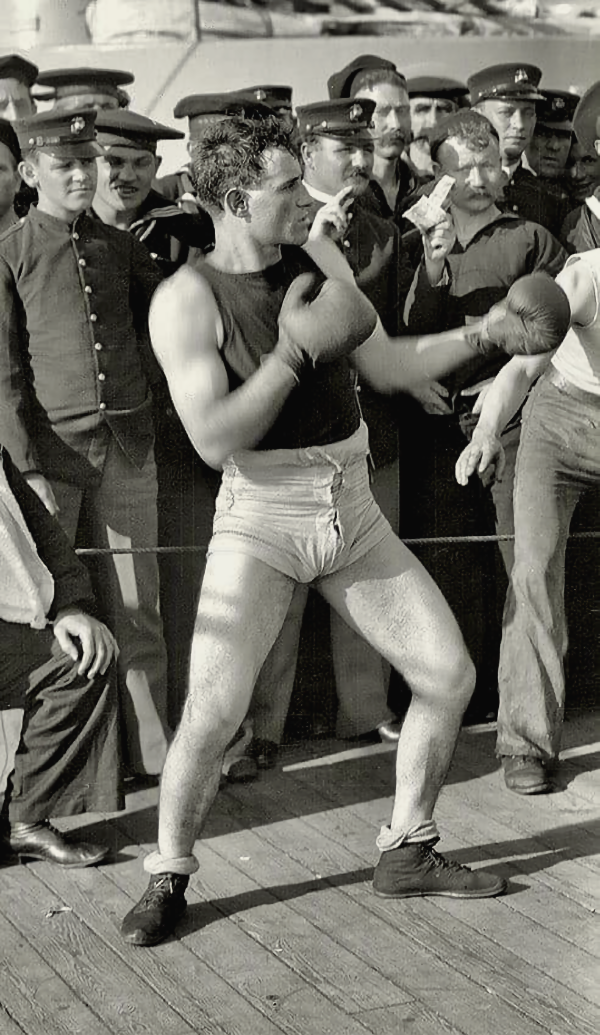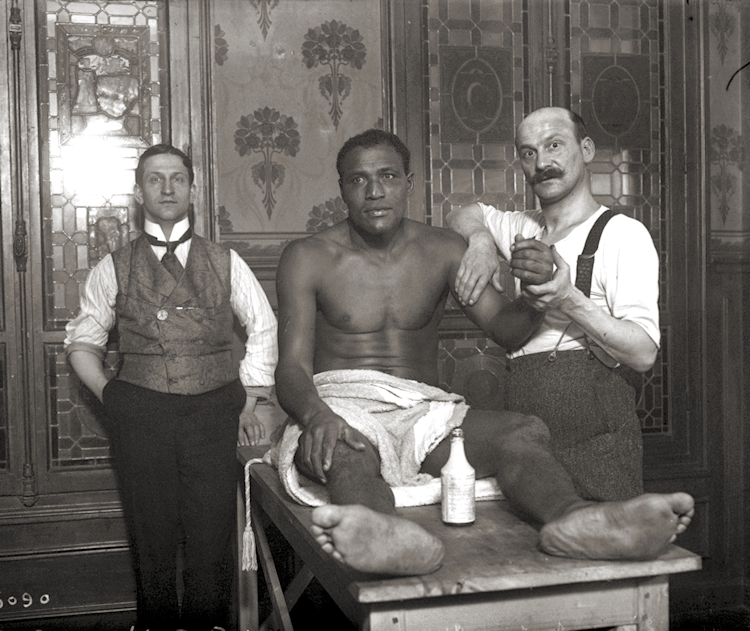Other versions:
 |
| The Los Angeles County Museum of Art, marble, 1853. |
 |
| The Louvre, plaster, before 1855. |
 |
| The Galleria d'arte moderna, Palazzo Pitti, bronze, circa 1846-49. |
*
Giovanni Dupré (1 March 1817, Siena – 10 January 1882, Florence), Italian sculptor, considered one of the most important Italian sculptors of the nineteenth century. He began work in his father's carving workshop and that of Paolo Sani, where fakes of Renaissance sculptures were produced. In 1842, in an open contest run by the
Accademia di Belle Arti, he won first prize with a Judgment of Paris and made his reputation with a life-size figure of the dead Abel in plaster. The latter was purchased for the Grand Duchess Maria Nikolaievna, Duchess of Leuchtenberg, and which is now in the collection of the Hermitage in St. Petersburg, along with the marble copy - the subject of this post - which was completed two years later. Another version, cast in bronze, resides in the
Galleria d'arte moderna of Florence's Palazzo Pitti. The sensuality and raw naturalism of the figure, greeted with a degree of shock at the time, presaged the beginning of the end of Neoclassicism in Italian sculpture and the advent of Romanticism. He went on to great success, his best known works being religious figures, portraits, and public and funerary monuments. His memoirs,
Pensieri sull’arte e ricordi autobiografici, were published in 1879 and translated into English in 1886. His daughter and pupil Amalia achieved some recognition as a sculptor.



























.png)












